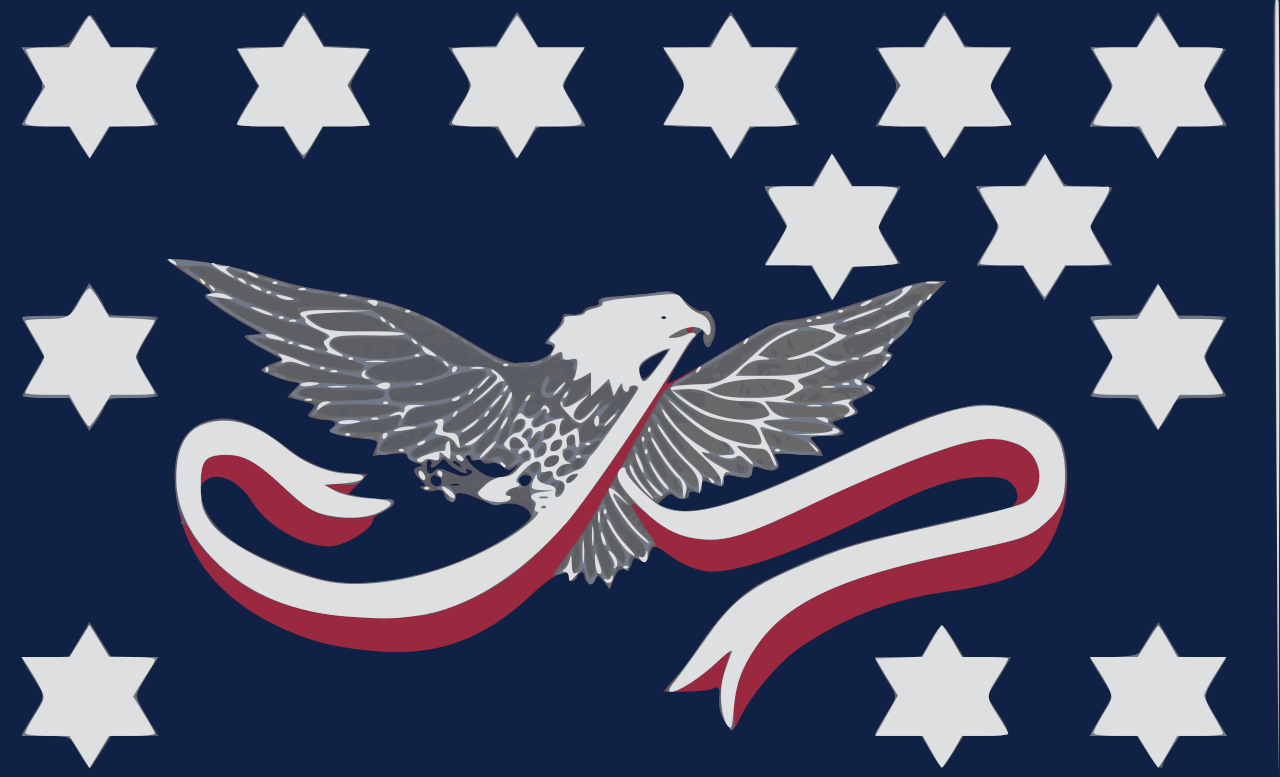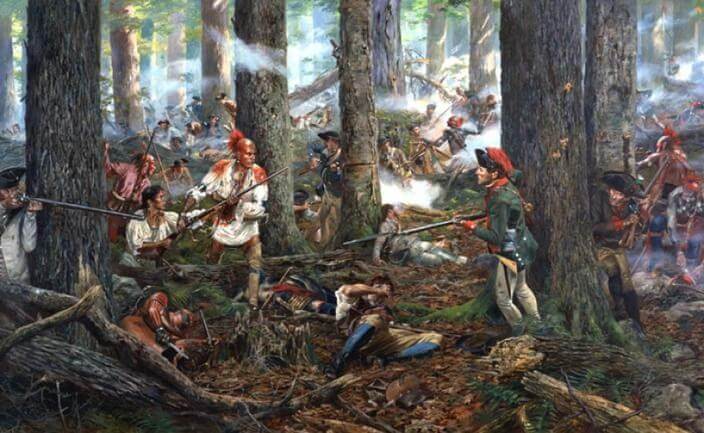

5 August 1917 – In response to the US joining WW1 the entirety of the National Guard was drafted into Federal service. Normal Constitutional restrictions did not allow the use of the National Guard outside of US borders. Under the National Defense Act of 1916 the National Guard was named the Army’s primary reserve force and created a mechanism for the force to be drafted into the Army in times of emergency. Members were required to take a new oath to serve both State and Federal authorities.
6 August 1777 – One of the bloodiest battles of the Revolutionary War would be fought during the Battle of Oriskany. The battle took place during the Saratoga Campaign as a Patriot force attempted to relieve the siege of Fort Stanwix. They were ambushed by a Loyalist force as they marched to Fort Stanwix. Both forces were supported by significant numbers of different Native American tribes. The bloody battle would lead to a Loyalist victory, with Patriot forces incurring around 450 casualties. Though the Loyalists would only lose around 150 dead and wounded, their camps were sacked during the battle leading their Native American allies to lose much of their morale. This battle is additionally notable as it is one of the few battles during the Revolution in which the majority of the combating forces were American, whether Native or from the former British Colonies.
7 August 1794 – Through the course of 1791 and 1792 Americans would violently protest the new “Whiskey Tax” leading to the Whiskey Rebellion, primarily in western Pennsylvania. This tax was the first tax to be imposed on a domestic product in the United States and was intended to help pay off debt from the Revolution. At this time whiskey was the most consumed alcohol and even used as a currency. Tax collectors were routinely tarred and feathered when attempting to collect taxes. In 1794 resistance to the tax came to a climax with the Battle of Bower Hill and several large protests. In August at Braddock’s Field around 7,000 protestors would assemble. Talks of independence would be held and some protestors would fly a specially designed flag representing the Pennsylvanian countries taking part in the rebellion. After reconciliations between the rebellious Pennsylvanians and the Federal government failed, President George Washington would order Federal troops to the area to quell the unrest. The insurrection quickly fell apart as the force neared the rebelling counties and violent protests would come to an end. Protest to the tax would continue in politics. All internal Federal taxes would be abolished as President Thomas Jefferson took office, with massive support for this platform helping him win the election in 1800. The Federal government would rely solely on taxes from imported goods till the War of 1812.
